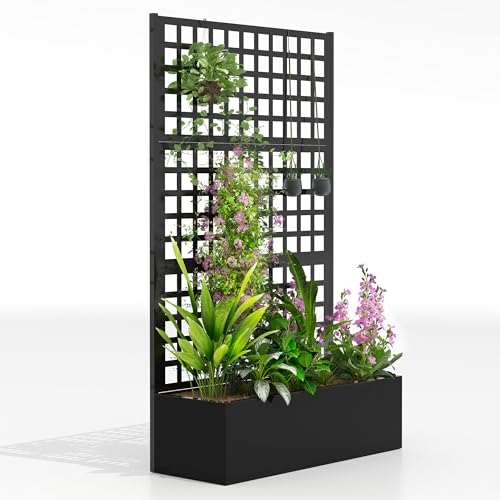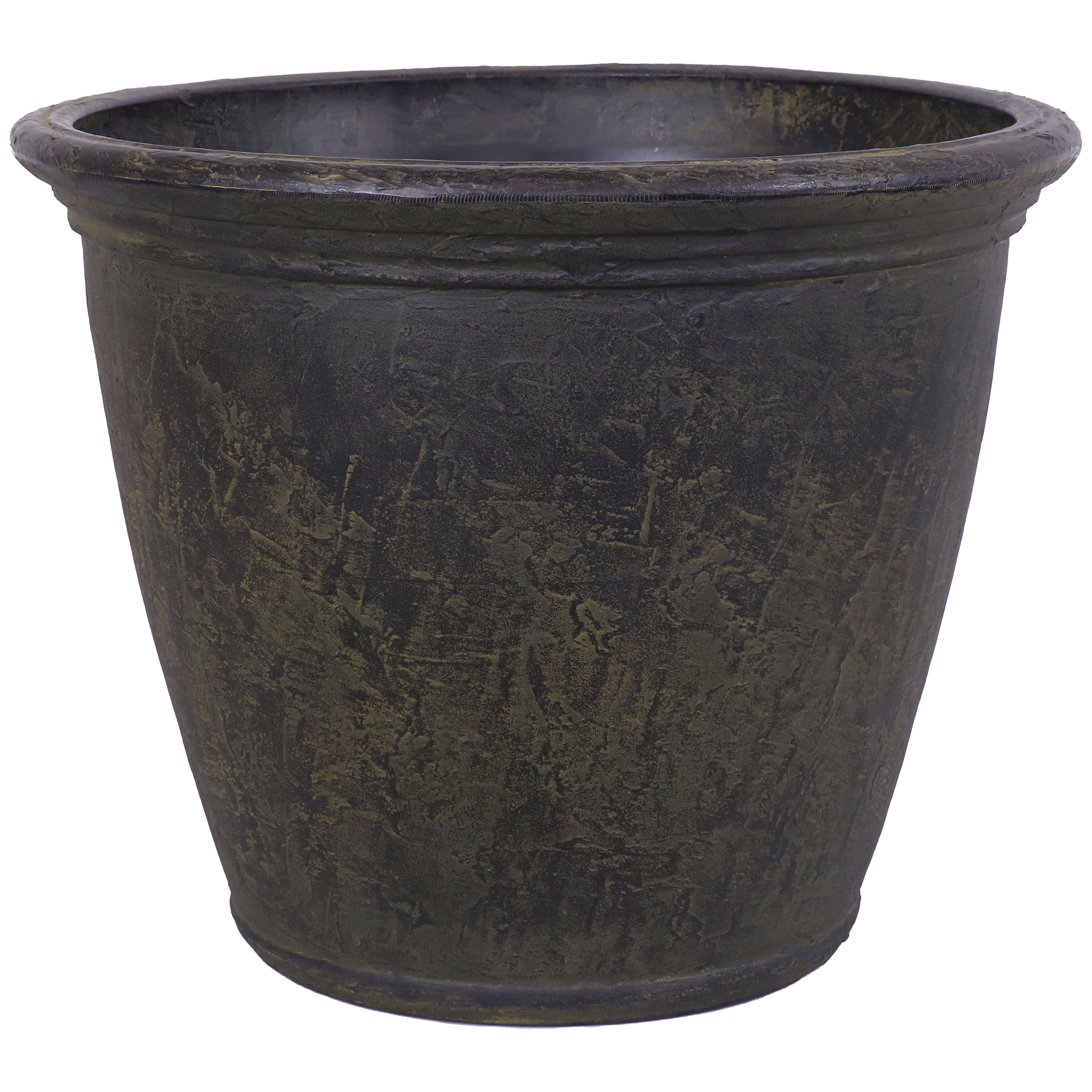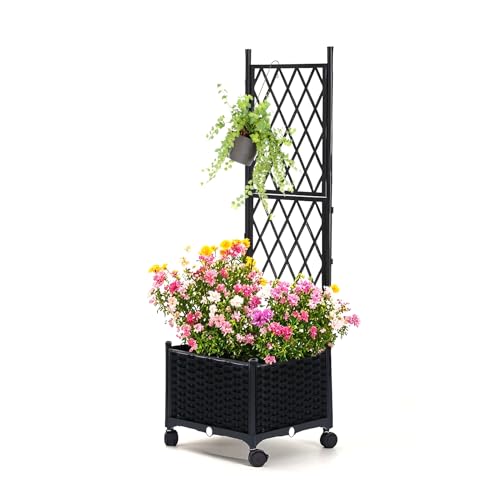Best climbers to attract hummingbirds – 5 nectar-rich vines with vibrant, colorful flowers to fill pots and borders
Hummingbirds, butterflies and bees will not be able to stay away from these easy-to-grow flowering climbers
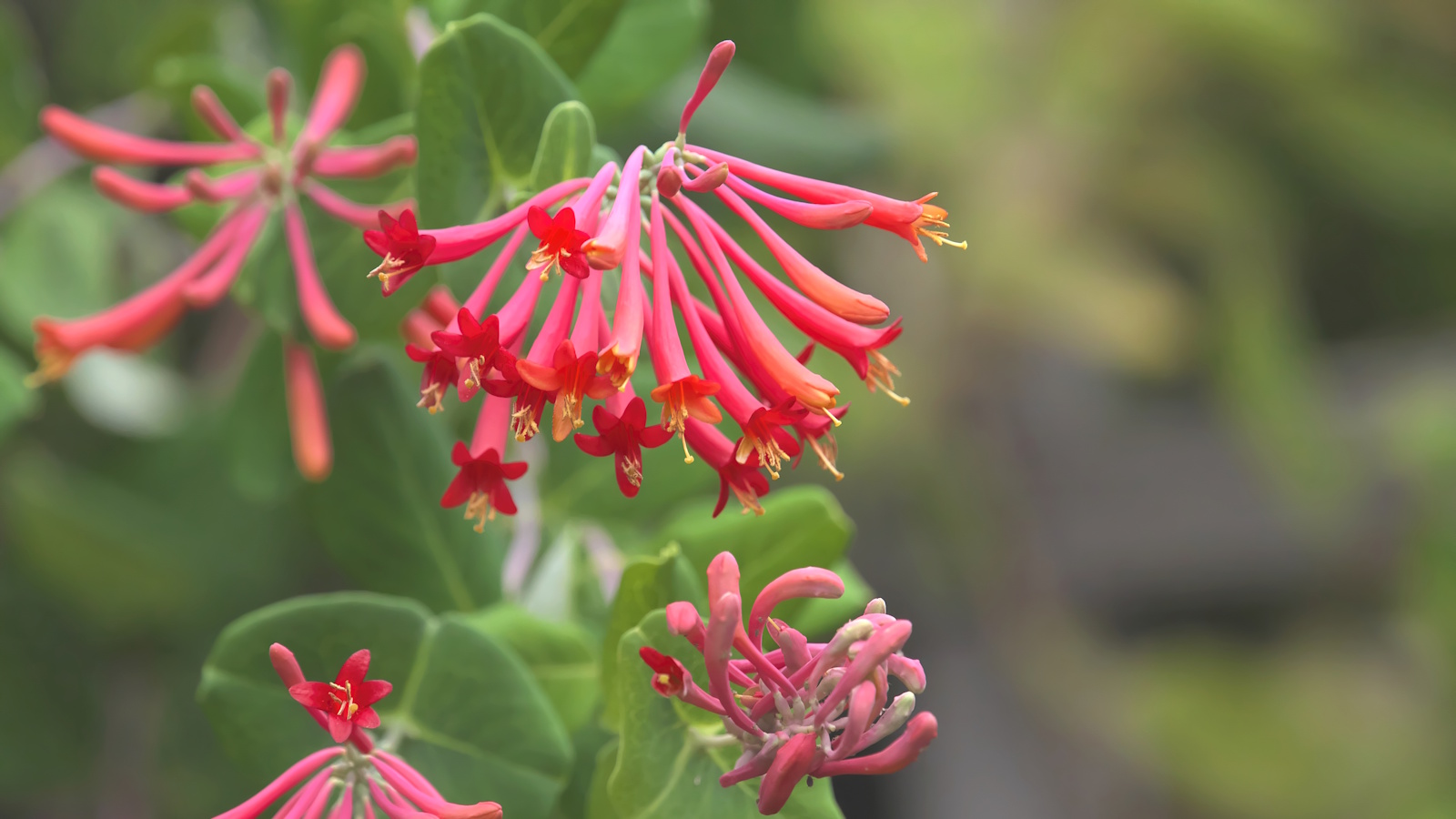

Pollinators should always be a key consideration of any planting scheme, and for many gardeners across North America, hummingbirds are their favorite garden visitor. These remarkable (and hungry) miniature birds need a large amount of nectar during spring and summer, and can visit anywhere between 1,000 and 2,000 flowers per day. Quite a feat, by any standard.
Fortunately for us, there are hundreds of climbing plants that can provide a valuable food source for wildlife. From the yellow-flowering clock vine to the wild pink blooms of the Mexican coral vine, there are many beautiful and easy-to-grow options that insects and birds will love.
In recent years, native populations have continued to decline, so learning how to attract hummingbirds and provide food sources in backyards is more important than ever. Here are five expert-approved options to support wildlife in your plot this season.
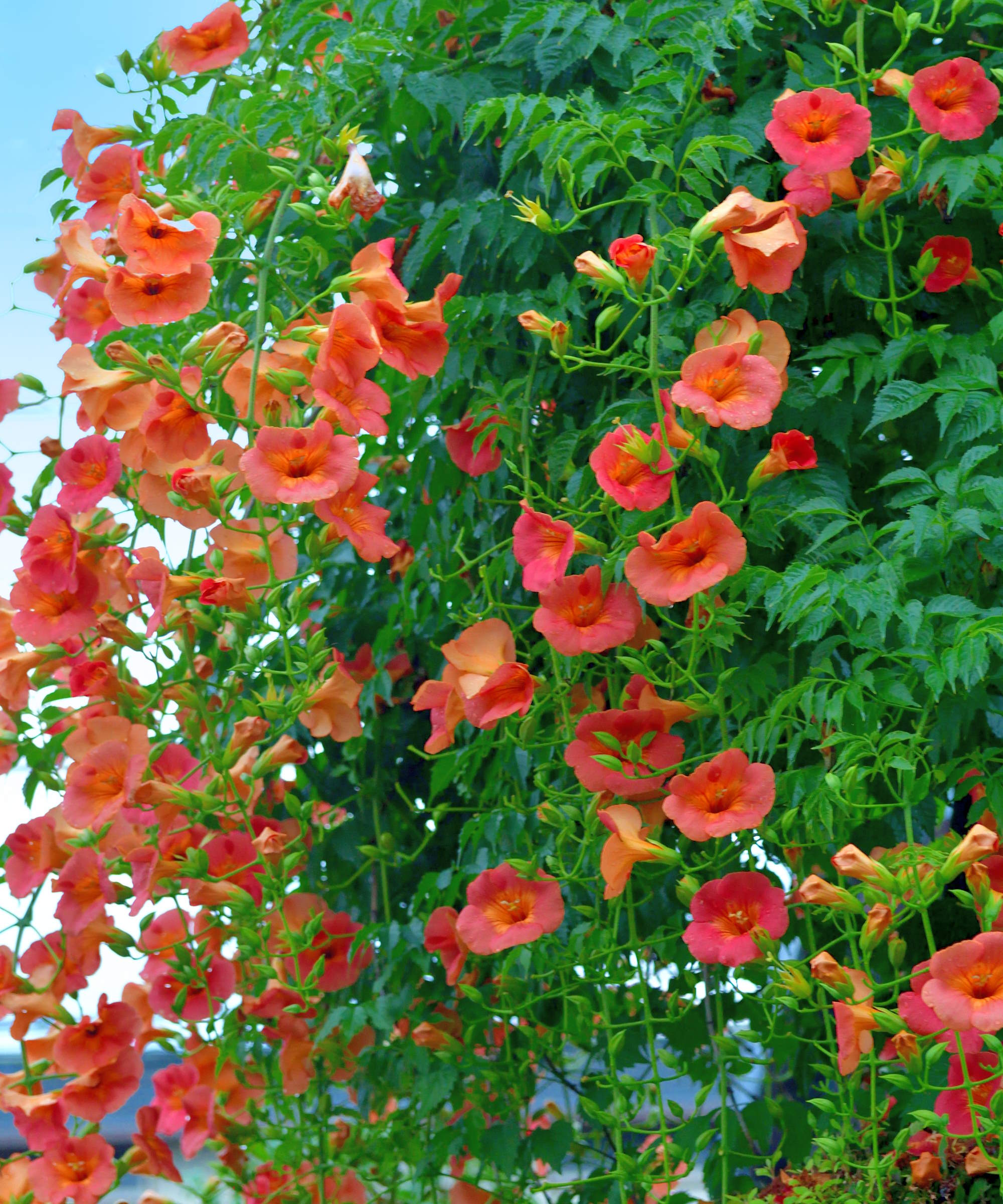
5 best climbers to attract hummingbirds
Growing nectar-rich flowering vines is a good way to support birds during spring and summer. In southern regions, such as US hardiness zone 9 plus, your yard may play host to hummingbirds year-round, although in cooler areas, such as zone 5, the hummingbird migration will determine when they pay you a visit.
Wherever you live, be sure that you grow plenty of blooms to keep wildlife happy. Here are five of the best climbers to attract hummingbirds for a range of different climates.
1. Clock vine
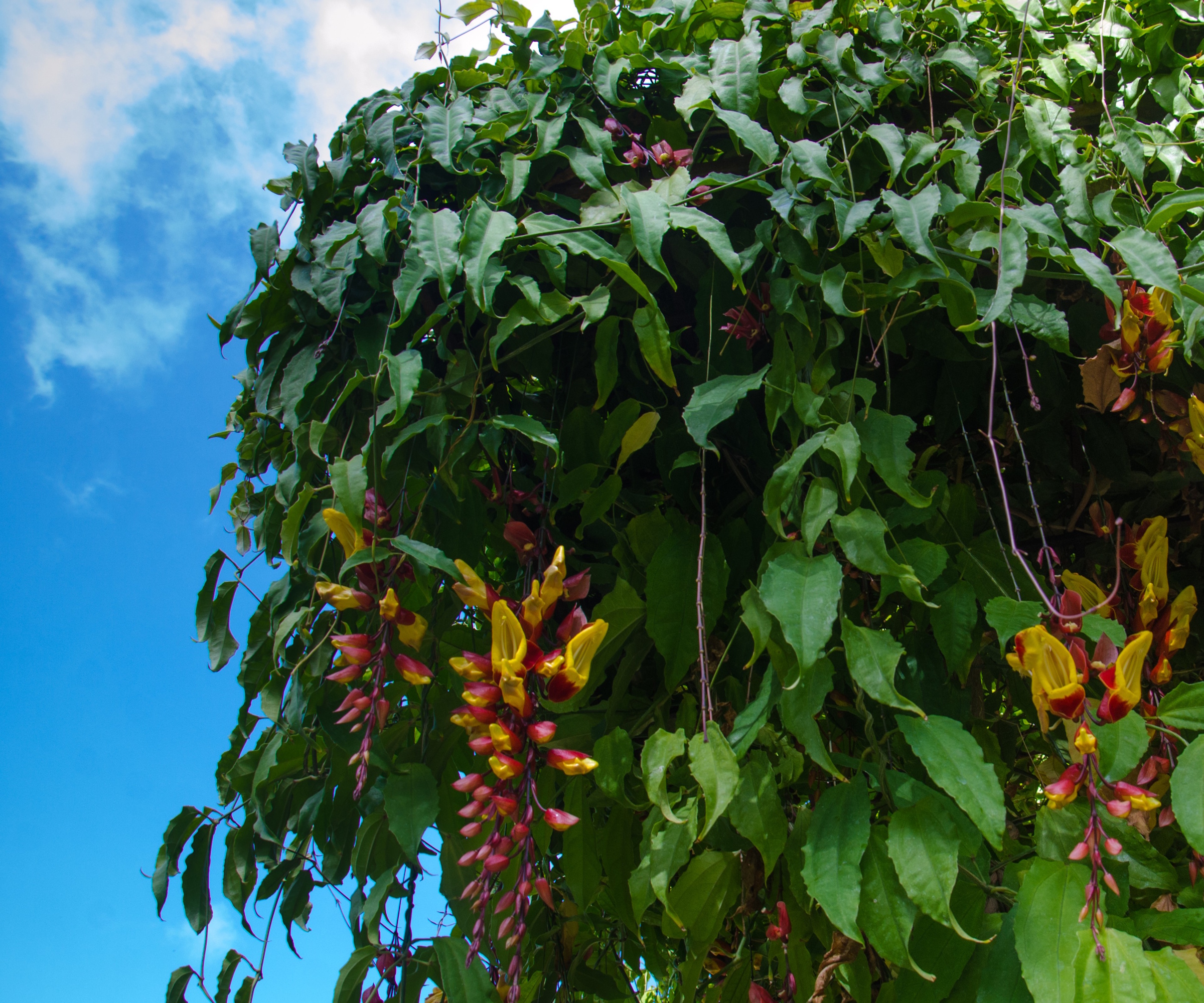
'I often recommend the clock vine, or Thunbergia mysorensis, to beginner gardeners because it’s quick to establish and always seems to catch the attention of passing hummingbirds,' says Tatiana Anderson, plant expert and co-founder of Top Tropicals.
One of the easiest climbers to grow in full sun, these red and yellow hanging blooms are ideal if you want to include some wildlife garden ideas in your yard this year. In fact, Tatiana suggests these are some of the best flowers that attract hummingbirds.
Design expertise in your inbox – from inspiring decorating ideas and beautiful celebrity homes to practical gardening advice and shopping round-ups.
This tender vine can only be grown down to zone 9 or 10, but, in cooler regions, you could try growing this species in a pot, trained over an obelisk or plant support, which would be easy to protect in winter or treated as an annual.
'Be sure to provide strong support for its hanging blooms,' Tatiana adds. 'Let this showstopper trail over a sturdy fence, pergola or arbor, and the red-and-yellow flowers will be your garden’s main hummingbird magnet.'
For another low-effort Thunbergia that could be grown in pots as an annual flower, try the black-eyed Susan vine, with live plants available from Amazon. This fast-growing flowering plant is another nectar-rich option for containers and borders.
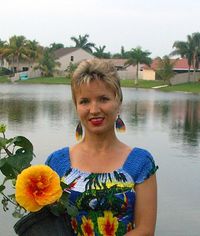
Tatiana Anderson is the co-owner and co-founder of Top Tropicals, based in Fort Myers, Florida. Top Tropicals grow and sell a whole range of flowering and fruiting tropical plants.
2. Crossvine

The crossvine, or Bignonia capreolata, is a native plant of North America, found growing from zone 6 to 9 in forested areas across the central and southern United States.
Growing best in full sun to part shade, the orange-red bell-shaped flowers that appear in early spring will prove to be a hit with hummingbirds.
'This hardy, fast-growing native will quickly grow and cling to supports, so be sure to train it on a trellis for vertical early-spring blooms that attract the season’s first hummingbirds,' Tatiana says.
While not as aggressive as the trumpet vine, the crossvine can prove to be very vigorous and grow through and over nearby shrubs and plants. For this reason, many consider Bignonia capreolata one of the best climbers to grow in pots, as it is easier to maintain and prune when its space is restricted.
Live crossvine plants are available from Greenwood Nursery, sold via Amazon.
3. Coral honeysuckle

'If you want a well-behaved native perennial to attract hummingbirds, you won't find much better than the coral honeysuckle, or Lonicera sempervirens,' says Tatiana.
'One of the best flowering climbers, this cold-hardy native can be grown down to zone 4. It does best in full sun but will tolerate part shade in warmer regions,' Tatiana adds.
You can either learn how to grow honeysuckle in pots, which is ideal for smaller yards or rental units, or when growing in the ground, 'plant them at the back of the border, near a trellis, fence, or arbor.'
Live coral honeysuckle starter vines are available online from Walmart.
'In no time, your boundaries will be full of red, orange or yellow tubular blooms, that can often last from spring to fall and add a nice colorful contrast to leafy shrubs and perennials.'
4. Mexican coral vine
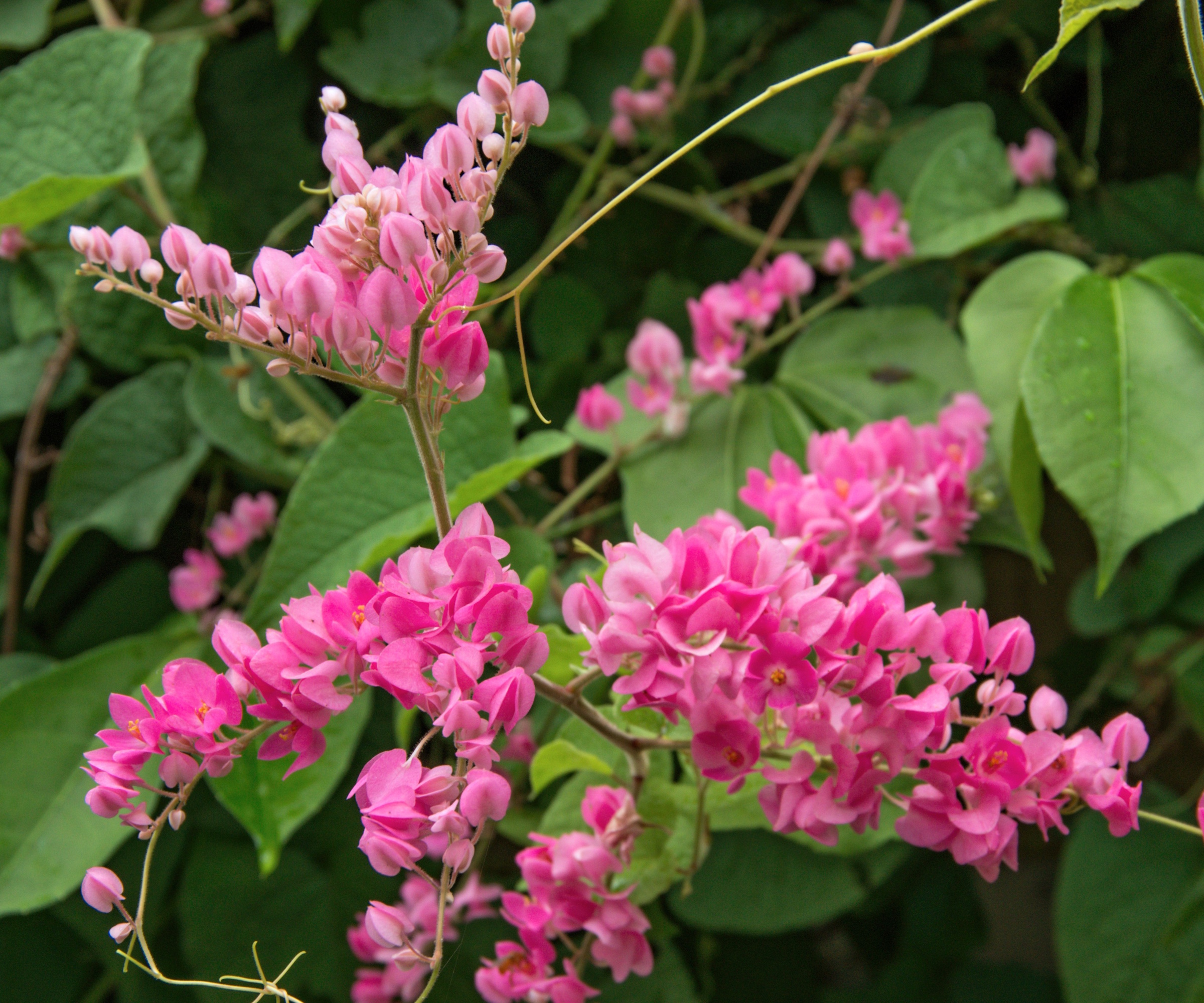
'The Mexican coral vine, or Antigonon leptopus, is one of the best fast-growing climbing plants for pollinators,' continues Tatiana.
Be warned, however, that in certain US states, including Florida, Antigonon leptopus is classified as an invasive plant that can spread and get out of control. Be sure to check with your local government office to understand whether or not to plant in your region.
'It loves sun,' Tatiana says, 'and does best in well-draining soil. Once established, it is drought-tolerant, but in cooler regions below zone 8, you will need to protect the vine during winter, as it is frost-sensitive.'
With barbie-pink flower clusters that cascade, as well as the attractive heart-shaped leaves, this climber delivers on all fronts.
In cooler regions, or to prevent its spread, you could try container growing. And, with a pleasing floral fragrance, the Mexican coral vine is certainly one species to make your patio or greenhouse smell nice.
Remember to support younger plants by tying runners and shoots, loosely attaching them to supports. Try this garden twine, available from Amazon.
5. Trumpet vine
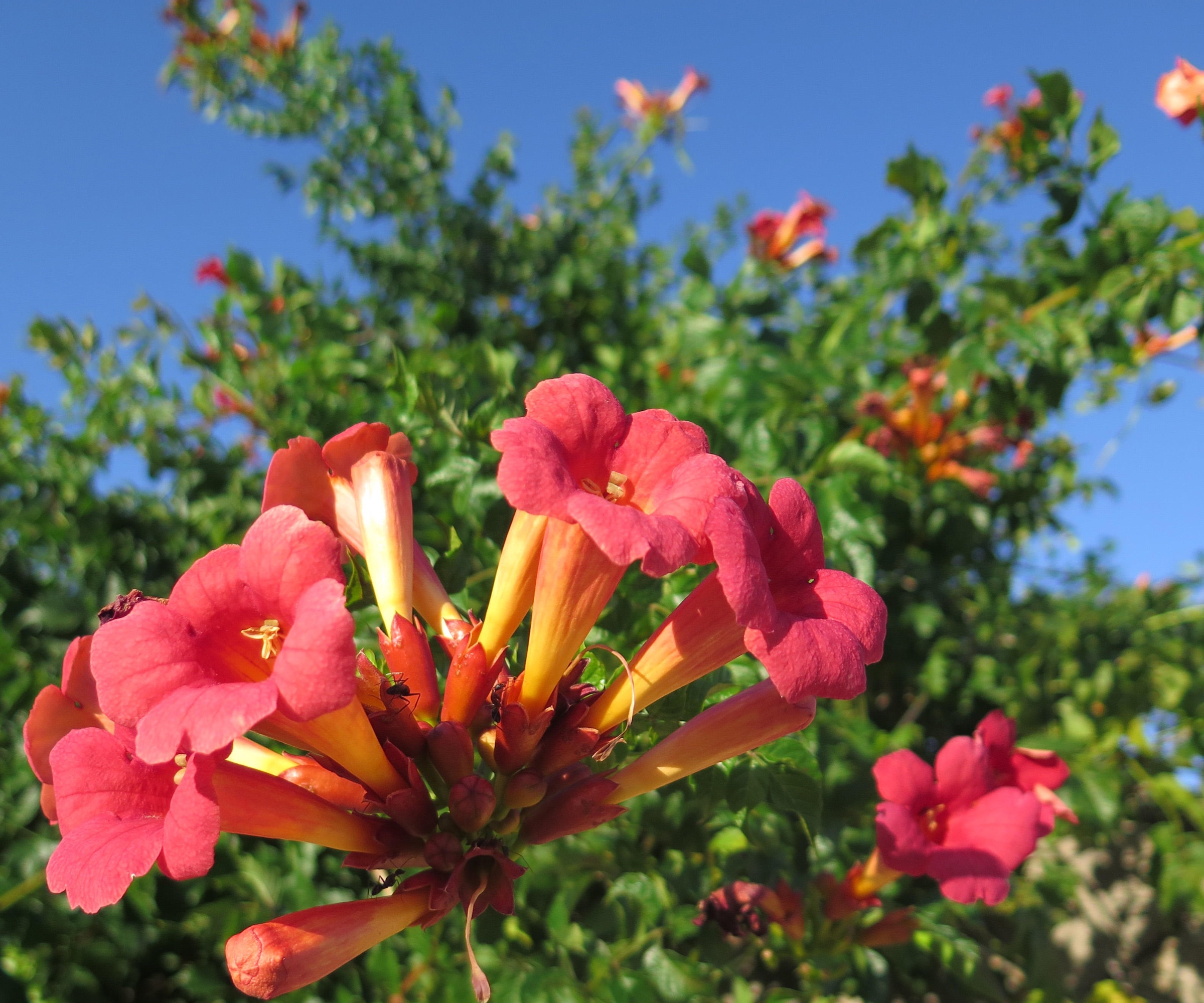
'One of the best climbers to attract hummingbirds is surely the trumpet vine, or Campsis radicans,' says plant expert from Wisconsin, Katie Sunderlage.
In terms of how to grow trumpet vine, this low-maintenance species is often considered one of the best climbing plants that thrive on neglect, valued for its easy-going nature.
However, it is a vigorous plant, and in some regions, it is considered an invasive climber, so do your homework by checking this invasive plants website before ordering and adding it to your yard.
'The trumpet vine is fairly versatile,' Katie says, 'and can be grown as low as US hardiness zones 4 and as high as zone 10. It can also handle both wet and dry soils, so it is a pretty foolproof plant.'
So, if you want to fill your yard with nectar-rich flowers for native hummingbirds, bees and butterflies, try growing trumpet vine plants, with live specimens available from Walmart. Just be sure you are prepared to limit its spread and vigorous growth.

Operations Manager at Holland Group, managing the customer service department and purchasing. Katie has been in the green industry since 2005 in the Greater Milwaukee area, earning her degree in Horticulture in 2008. She has been able to share her love for plants working in multiple garden centers, in sales positions and most recently in an online retail platform at Holland Group.
FAQs
Do passion flowers attract hummingbirds?
'Yes, passion flowers, or Passiflora, are perfect plants for hummingbirds,' Tatiana says. 'They need full sun, rich soil and regular water, but with the right care, the twining vines with produce masses of bold blooms. I would suggest planting them near seating areas, so you can enjoy close-up hummingbird visits.' For a vibrant red option, Tatiana suggests the Passiflora coccinea species, which is native to northern South America.
This crimson-red 'Lady Magaret' passion flower, available from Amazon, will also prove popular with hummingbirds and bees this summer.
As with any flowering climbers, be sure to complete deep watering after planting, to give them the best chance of success for the growing season ahead. In addition, you can also apply a bloom booster feed in spring, which will encourage plants to produce as many flowers as possible.
This organic Espoma bloom fertilizer, available from Amazon, should help your plants put on a spectacular show this year.
For more wildlife inspiration, see our feature on trees that attract hummingbirds, to fill your yard with even more nectar-rich plants. From redbuds to tulip trees, our guide has all the information you need to know.
Shop climbing plant accessories

Thomas is a Content Editor within the Gardens Team at Homes and Gardens. He has worked as a professional gardener for both public spaces and private estates, specializing in productive gardening, growing food and flowers. Trained in Horticulture at the Garden Museum, he has written on gardening and garden history for various publications, including The English Garden, Gardens Illustrated, Hortus, The London Gardener and Bloom. He has co-authored a Lonely Planet travel book, The Tree Atlas, due out in 2024.
